Studies of three investigational therapies test targeting of diverse mechanistic pathways

Central nervous system hypersomnia disorders — neurologic conditions characterized by bouts of sleepiness — are less well known than other sleep disorders. Few effective therapies exist for these conditions, but several new drugs being studied by Cleveland Clinic researchers may soon help fill that gap:
Cleveland Clinic is a non-profit academic medical center. Advertising on our site helps support our mission. We do not endorse non-Cleveland Clinic products or services. Policy
“The prevalence of hypersomnias is grossly underestimated, and the need for new treatment approaches is great because current therapies for the less well known of these disorders are limited and most patients have persistent symptoms despite treatment,” says Nancy Foldvary-Schaefer, DO, MS, Director of Cleveland Clinic’s Sleep Disorders Center.
For decades, traditional stimulants and alerting agents (modafinil and armodafinil) were the only available FDA-approved treatments for narcolepsy, and no FDA-approved treatments existed for idiopathic hypersomnia. Sodium oxybate was approved for cataplexy in patients with narcolepsy in 2002 and for excessive daytime sleepiness associated with narcolepsy in 2005. In 2020, lower-sodium oxybate was approved for narcolepsy, and in 2021 it became the first FDA-approved treatment for idiopathic hypersomnia. No approved therapy exists for DSWPD.
The morbidities associated with hypersomnias are significant, according to Dr. Foldvary, ranging from poor quality of life to inability to work or perform academically.
Patients with idiopathic hypersomnia, for example, feel unrefreshed and excessively tired during the day despite sleeping deeply for as many as 10 to 15 hours every night and napping on five or more days per week. The disorder, which develops over weeks or months, also can result in confusion upon waking and a kind of “sleep drunkenness,” or brain fog that is hard to shake off.
Like idiopathic hypersomnia, narcolepsy tends to occur in the second or third decade of life. Affected patients have a sudden, overpowering need to sleep during the day. They also may experience intrusion of rapid eye movement sleep into wakefulness, including cataplexy, hypnagogic/hypnopompic hallucinations, sleep paralysis and frequent night awakenings with disturbing dream content or dream-enacting behaviors that can lead to injuries for the patient and/or bedpartners.
DSWPD is a circadian disorder in which patients’ ability to sleep is delayed by two or more hours beyond conventional bedtime and patients have difficulty waking at the required time for daytime commitments. No approved treatment is available for DSWPD, which typically develops in adolescence or young adulthood and can be a lifelong and life-altering condition.
“The new therapies we’re evaluating for hypersomnias target different wakefulness-promoting pathways,” says Dr. Foldvary-Schaefer. “They work on various neurotransmitters in the brain. For example, we know that in patients with narcolepsy type 1, orexin is depleted because of an autoimmune attack on neurons in the posterior lateral hypothalamus.”
Pitolisant. Currently FDA-approved for excessive daytime sleepiness or cataplexy in adults with narcolepsy, pitolisant triggers release of histamine and long-lasting activation of histaminergic neurons while also increasing release of other neurotransmitters that promote wakefulness. It is the only nonscheduled drug approved by the FDA for treating a hypersomnia.
The phase 3 placebo-controlled trial of pitolisant for idiopathic hypersomnia will include an 8-week open-label phase and a 4-week double-blind randomized withdrawal phase, with once-daily oral dosages of 17.8 mg or 35.6 mg used during the latter phase. The primary efficacy end point is change in Epworth Sleepiness Scale score during the double-blind phase. The impact of pitolisant on sleep inertia, cognitive function and the overall impact of these symptoms on daily functioning also will be evaluated.
TAK-861. TAK-861, which is being studied for narcolepsy types 1 and 2, targets the orexin receptor 2 (OX2R) in the brain, addressing loss of the orexin peptide, which promotes wakefulness. In the trial, TAK-861 will be tested at four different oral dosages for narcolepsy type 1 and at two dosages for narcolepsy type 2.
Tasimelteon. DSWPD is the focus of the pending study of tasimelteon, which will assess the effects of a single oral daily dose of 20 mg versus placebo over a 28-day period, as measured by sleep diary. Nighttime sleep parameters to be studied include latency to persistent sleep, wake time, midpoint of sleep and total sleep time.
A circadian disorder regulator, tasimelteon acts as a melatonin receptor agonist with selective activity at the melatonin MT1 and MT2 receptors. In four previous studies in healthy participants, it was found to advance the circadian timing system and improve multiple sleep parameters in jet lag disorder. It is currently approved to treat non-24-hour sleep-wake disorder (a condition that occurs mainly in people who are blind) in adults and to treat nighttime sleep problems in people 3 years of age or older with the developmental disorder known as Smith-Magenis syndrome.
“The armamentarium of pharmacotherapy for hypersomnias is evolving,” Dr. Foldvary-Schaefer says. “Our anticipation is that neurologists and sleep experts will be able to tailor therapies for individual patients and perhaps even use smart polytherapy to leverage different mechanisms of action.”
For patients with excessive sleepiness, the first step toward improved sleep quality may be a comprehensive evaluation at an American Academy of Sleep Medicine-accredited center such as Cleveland Clinic’s multidisciplinary Sleep Disorders Center.
“Clinicians shouldn’t assume that patients with daytime sleepiness have sleep apnea and that a home sleep study is sufficient,” Dr. Foldvary-Schaefer concludes. “The diagnosis of hypersomnia requires specialized testing and lab studies that are usually performed at centers with expertise in these conditions.”
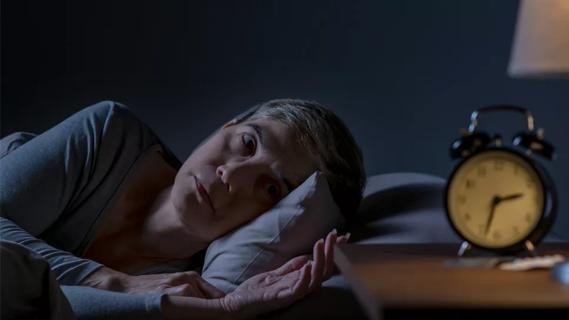
Large cohort study suggests need for routine sleep screening as part of neurological care

Testing options and therapies are expanding for this poorly understood sleep disorder
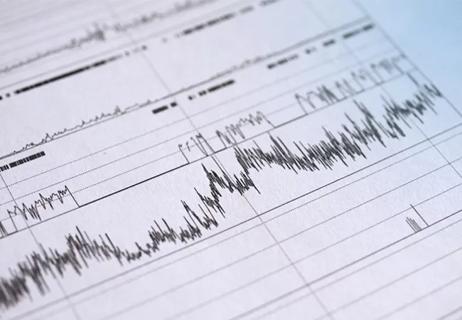
Normal or inconsistent MSLT results should not rule out this debilitating disorder
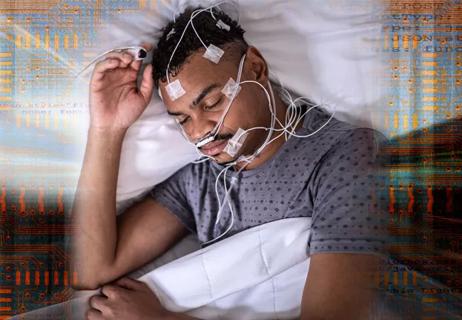
Prior-night polysomnography predicts results from mean sleep latency testing
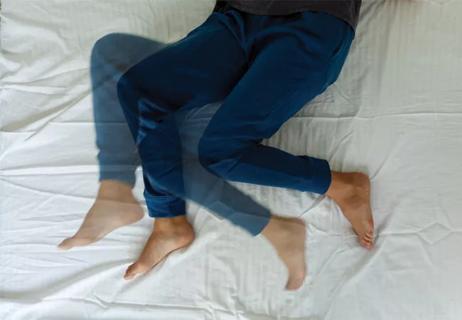
Bedroom safety, medication use and ethical dilemmas are addressed
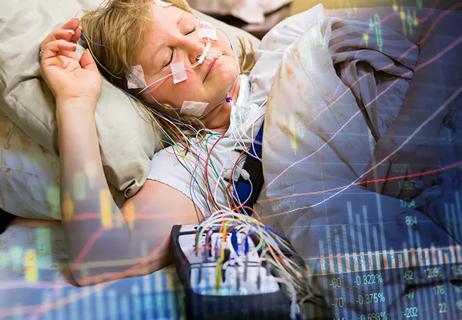
Retrospective analysis finds “hypoxic and sleepy” subtype to confer greatest risk
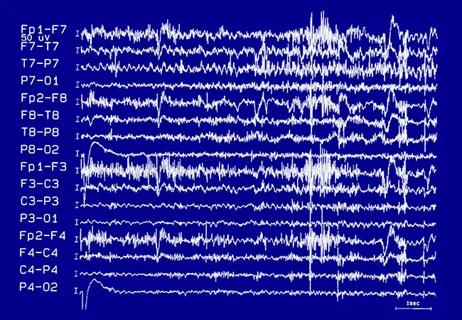
Semiology and electro-clinical correlation provide critical clues
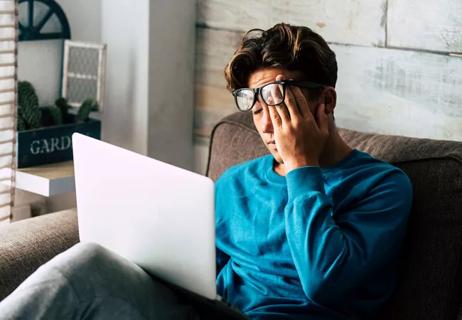
First approved drug for this overlooked condition may soon be at hand